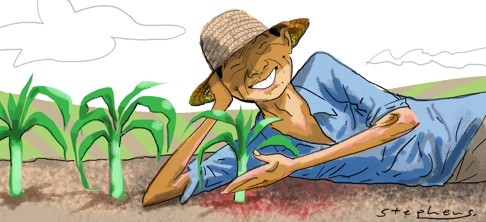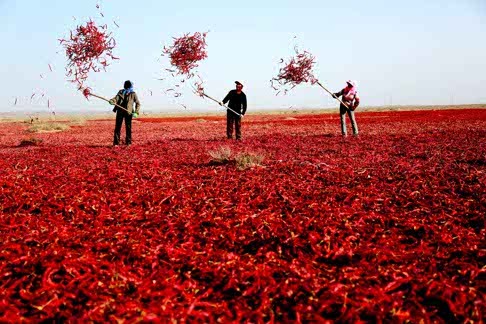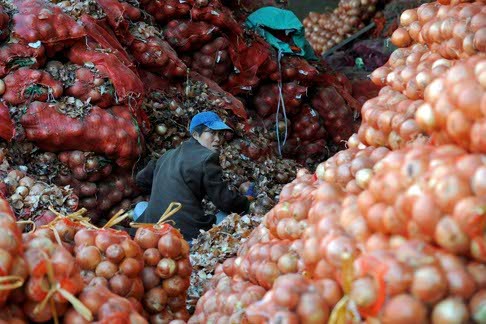
How China can be a model of food sustainability for the developing world
Frank-Jürgen Richter says nations in Africa and Asia can learn from Beijing’s experiments with infrastructure and new methods in agriculture to generate growth and wealth

In its recent five-year plans, Beijing has focused on infrastructure expansion while maintaining growth. As a consequence, it has garnered a large sovereign wealth fund that may be spent on its future social aims – to support the elderly and enhance the learning potential of its children (it has just announced the scrapping of its one-child family policy).
READ MORE: Modernising China’s agriculture key to tackling slower economy, says Premier Li Keqiang
It is approaching these aims in several ways; one has been to vastly increase its transport and telecoms infrastructure, another is by constructing many new towns to entice rural migrants away from the now overcrowded coastal cities that were originally responsible for China’s economic boom. The inland cities and towns are taking up this clarion call.

The farms will more easily connect to market hubs via new rural roads, and the hubs can redistribute crops quickly by road, rail or air to distant markets
The 13th five-year plan aims to lift China’s remaining 70 million poor above the US$2 per day threshold. Beijing managed that task partially though its previous five-year plan by spectacularly meeting the UN Millennium Goals and I believe that its bedrock of infrastructure and momentum for change will allow it to meet the new goals.
On the way, the government will be able to reorganise its social welfare programme, or dibao, especially if tied to a rearrangement of the hukou system for new town residents, ensuring they have rights equally as good as traditional urban residents’. But this all takes time.
Meanwhile, rural farmers can be aided in the short term. There are fewer each year as older people die and the younger ones move to cities. This allows land to be consolidated into larger farms that are more amenable to modern methods and machinery, increasing yields. By better managing the soil, it has as a by-product an increased ability to capture carbon – aiding another of China’s aims: to reduce its greenhouse gas emissions. The farms will more easily connect to market hubs via new rural roads (also in the latest five-year plan), and the hubs can redistribute crops quickly by road, rail or air to distant markets. Cash flows along the food chain will increase intermediaries’ wealth and thus taxes for the government, and the economic flux will attract additional competitive entrants with new ideas for land husbandry: all in all, a positive system response.

By lifting yields at local levels, the rural population will become wealthier and healthier – while their excess crops can be consolidated in market hubs for effective distribution
All these aspects must be an integral component of any government programme related to improving agricultural productivity, achieving food security, enhancing water quality and mitigating climate change. And, in parallel, the development of food supply-chain management is needed, as well as educating consumers that slightly damaged fruit or vegetables are still wholesome. Across Europe and the US, it is remarkable how much food never reaches the supermarket shelves because of cosmetic rules on shape and size. The EU Commission even attempted to rule that bananas and cucumbers had to be straighter; fortunately the plan never went anywhere.
READ MORE: Five issues China must address in its latest five-year plan
China, with its penchant for strongly devolved central management, can define a model of “food aid” that will support its own increasing demand for food from decreasing agricultural space (due to housing and industrial spread) and may increase the export of crops. By lifting yields at local levels, the rural population will become wealthier and healthier – while their excess crops can be consolidated in market hubs for effective distribution. This will reduce the losses “from field to fork” which, in India, are often said to be about 40 per cent of the original crop.
The Chinese model, supported by Chinese loans and Chinese managers, could be “exported” to countries across Asia and Africa to boost their local food production and prevent early deaths due to malnutrition. It will not be a panacea but a positive route to sustainability in regions predicted to have population growth. And such aid will show China to be an even better global citizen.
Frank-Jürgen Richter is founder and chairman of Horasis, a global visions community
